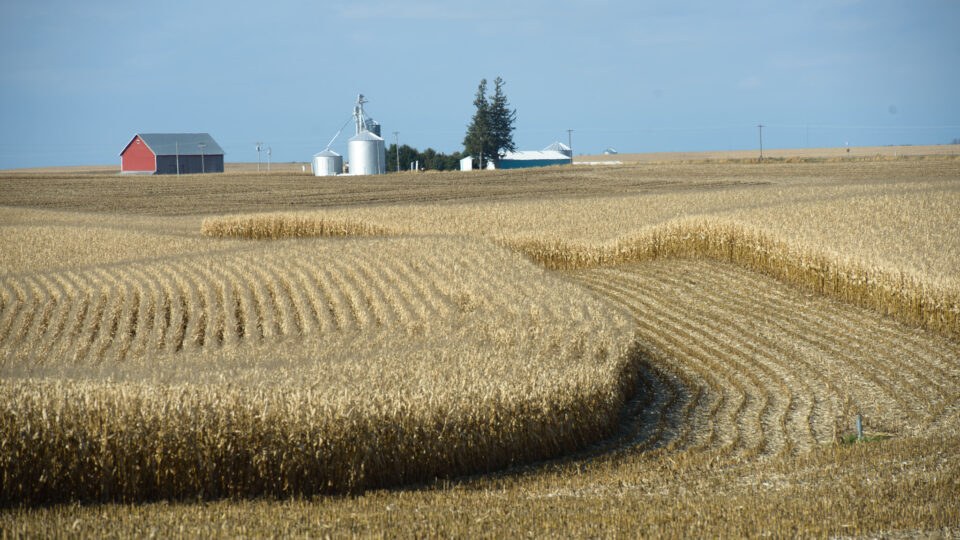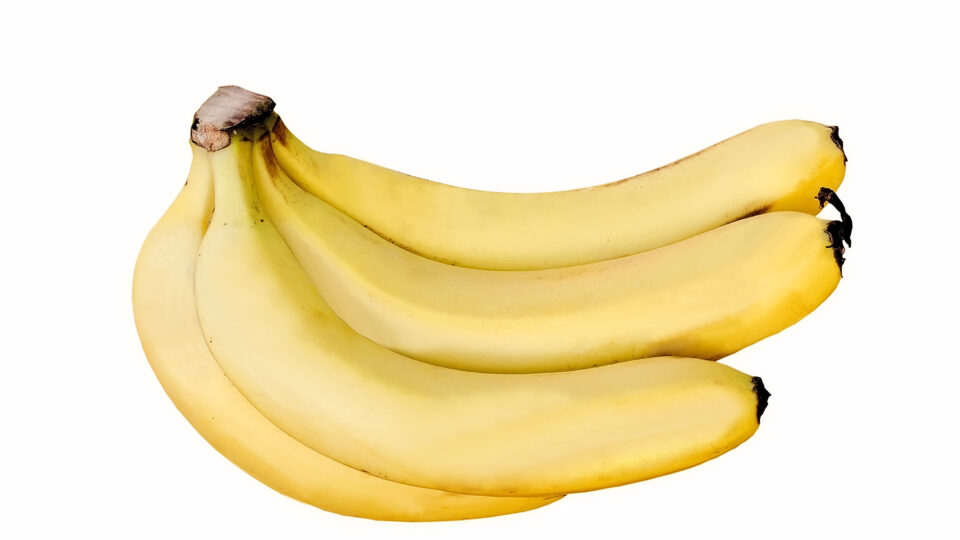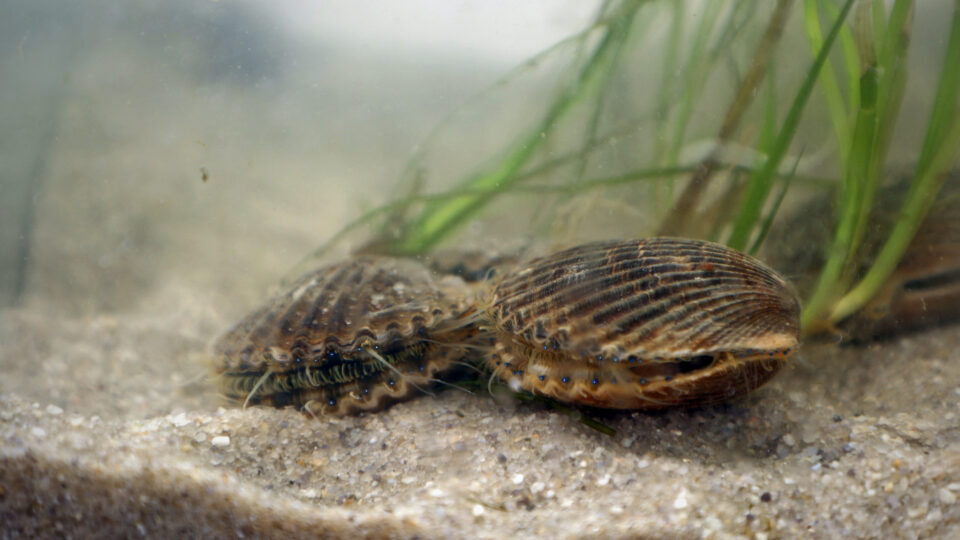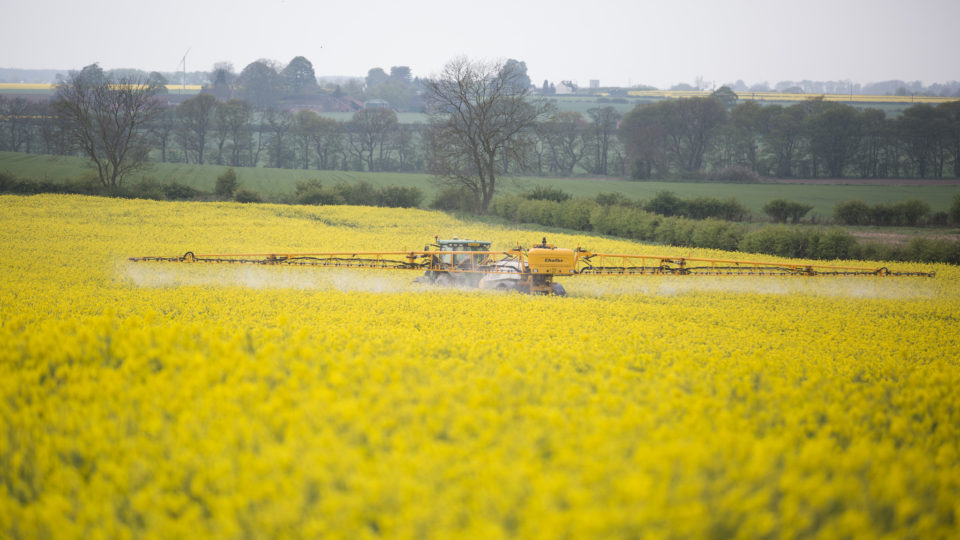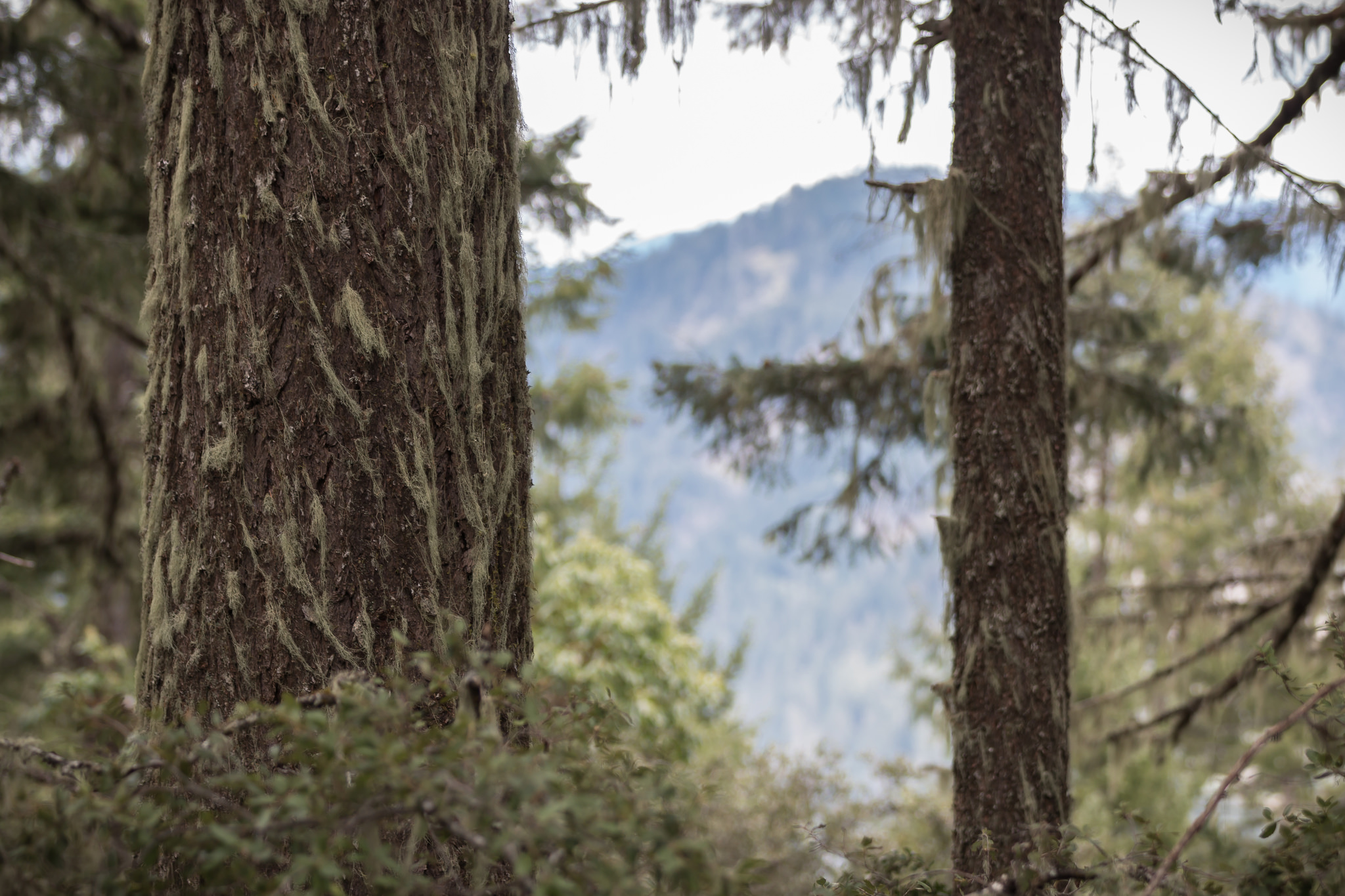Researchers at University of California Riverside have been studying how to enable plants to sense and react to a chemical in the environment without damaging their ability to function in all other respects. Why do this? The idea is to be able to use plants as environmental sensors that can detect the presence of harmful substances.
The impetus for the work is presence of a protein in plants that senses a plant hormone called abscisic acid (or ABA) that helps plants acclimate to environmental changes. During drought, plants produce ABA causing the plant to produce ABA receptor proteins that close pores in its leaves and stems, keeping in moisture.
The UCR researchers demonstrated that these ABA receptor proteins can be trained to bind to chemicals other than ABA. This ability enabled them to create sensors for many chemicals, including banned pesticides.
In their recent publication, they demonstrated a green plant that turns bright red in the presence of azinphos-ethyl, a banned pesticide. The goal is to easily detect chemicals in the environment from a distance. A field of these plants would provide an obvious visual indicator of the use of a banned pesticide. The researchers also demonstrated the ability to turn a variety of yeast into a sensor that could respond to two different chemicals at the same time.
Ultimately, it would be extremely valuable to design plants that sense dozens of chemicals to they could be used as living sensors that persist for years and provide environmental information. The sensor plants are not being grown commercially at this time. That will require regulatory approvals that are likely to take years. But the discovery opens up real possibilities.
**********
Web Links
Plants transformed into detectors of dangerous chemicals
Photo, posted August 29, 2013, courtesy of the United Soybean Board via Flickr.
Earth Wise is a production of WAMC Northeast Public Radio
